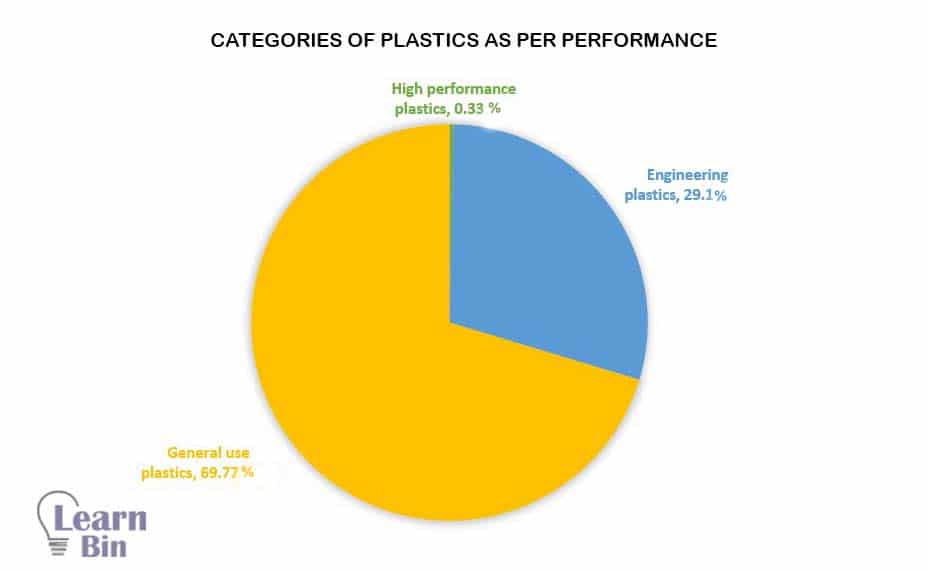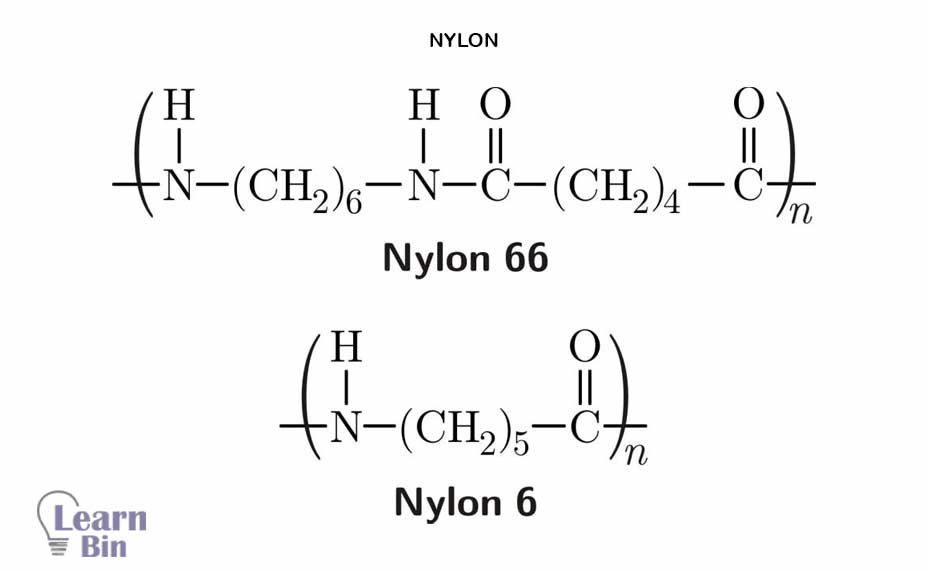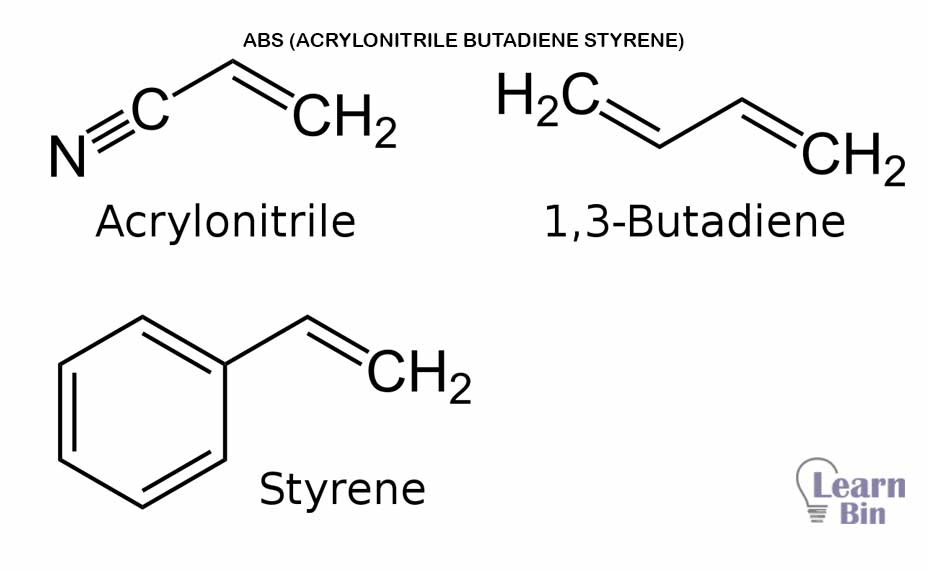More results...


Plastics can be classified into three categories as per performance. These are General use plastics, High-performance plastics, and Engineering plastics.
High-performance plastics are valued for their excellent properties and are used in many demanding applications. Among the high-performance plastics, there are fluoropolymers, sulfur-containing aromatic polymers, aromatic poly aryl ether and Poly ketones, and Liquid crystal polymers.
Compared to the general use plastics and engineering plastics, they differ in their:
The most popular high-performance plastics are Poly-ether-ether-ketone (PEEK) and Poly-tetra-fluoro-ethylene (PTFE). PTFE is also known as “Teflon”.
The chemical structural formula of poly-ether-ether-ketone (PEEK). PEEK is a semi-crystalline thermoplastic. PEEK is synthesized by step-growth polymerization by the dialkylation of bis-phenolate salts.
PTFE is a fluorocarbon solid, consisting wholly of carbon and fluorine. Due to the Fluorine, PTFE has high flame resistance. PTFE is hydrophobic: neither water nor water-containing substances wet PTFE. PTFE has one of the lowest coefficients of friction of any solid.

Over the last 30 years, plastics have been developed to the point where they have started replacing many traditional materials such as wood and metal. Traditional materials have been replaced by engineering plastics due to many reasons.
The main benefit of using engineering plastics is the low cost. It is more economical than using steel or wood. The other advantages are low weight, aesthetics (attractive appearance), functional design, reduced maintenance, corrosion resistance, and chemical resistance.
A variety of engineering thermoplastics are available today. Those are,
Engineering plastics have good strength, temperature resistance, and good dimensional stability at a wide range of temperatures.
Due to the high thermal stability, thermal applications of engineering plastics include:
Mechanical engineering applications of engineering plastics are:
| Property | Nylon | Bronze | Steel | Aluminum |
| Density (g/cm3) | 1.15 | 8.8 | 7.84 | 2.7 |
| Tensile strength (psi) | 12000 | 22000 | 36000 | 30000 |
| Elasticity modulus (psi) | 0.4x106 | 16x106 | 30x106 | 10x106 |
1. Hydrolysis of polar groups
Normally, engineering plastics contain a large number of polar groups. These polar groups undergo hydrolysis reactions in the presence of moisture. Engineering plastics such as Nylon, ABS, and PET have a high amount of polar groups.



2. Moisture absorption
Nylons absorb moisture in equilibrium with the relative humidity of their immediate surroundings. Nylon 6 absorbs 9% and Nylon 6.6 absorbs 7% of moisture. This results in a measurable dimensional change of 2% and 3.5%. moisture absorption also happens due to the presence of polar groups.
The tensile strength of nylon 6 and 6.6 drops significantly with increasing moisture content. In the case of nylon 6, the drop in tensile strength from dry (100 %) to saturated state is over 80 %. For nylon 6.6, the drop is over 60 %. With increased moisture content, the modulus of elasticity and other stiffness properties are also reduced.
3. High melting point
Engineering plastics normally have a high melting point. As a result, they also have high processing temperatures. As an example, the melting point of PET is 270 ℃ and it has a processing temperature of around 270-280 ℃. At this high temperature, if Oxygen is present, degradation of the polymer can happen. If there is moisture, hydrolysis can happen.
Another disadvantage of the high melting point is the difficulty of obtaining clear products. Cooling from about 280 ℃ to room temperature is not easy. The cooling process takes time. So, the slow cooling causes the crystallization of the polymer. Crystallization products will not be clear (transparent) products.
Due to the high melting point, the polymer needs high energy to melt. So, the energy consumption is high. To avoid hydrolysis at the processing stage, a polymer can be pre-dry to remove moisture content. In order to avoid oxidation of the polymer contact of molten plastic with oxygen should be avoided.
4. High molecular weight
Increasing the molecular weight of the polymer, and the mechanical properties will increase. But flowability will decrease. Engineering plastics have very low flowability. Traditional methods like injection molding, and extrusion blow molding cannot be applicable to making products out of high molecular weight engineering plastics.
